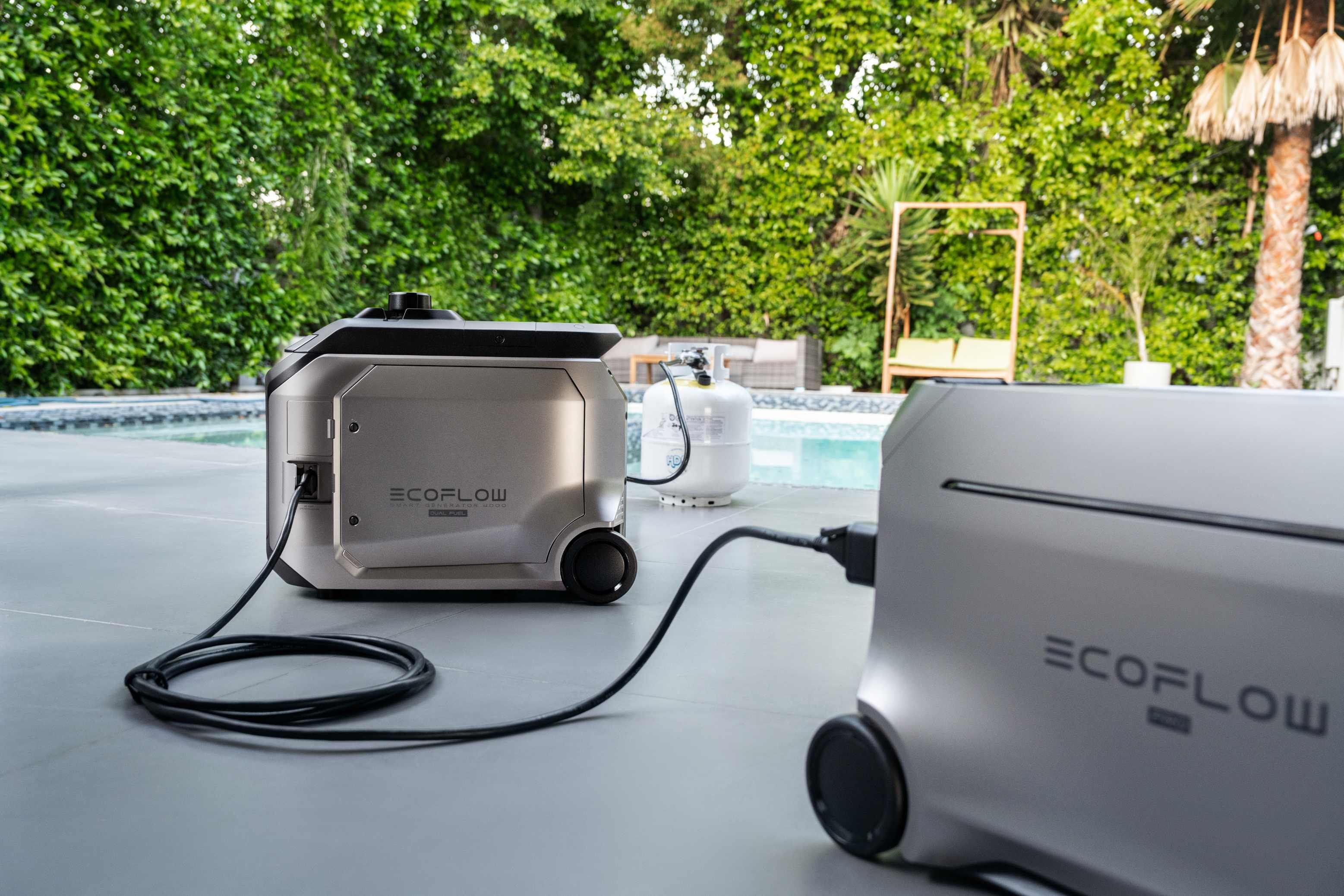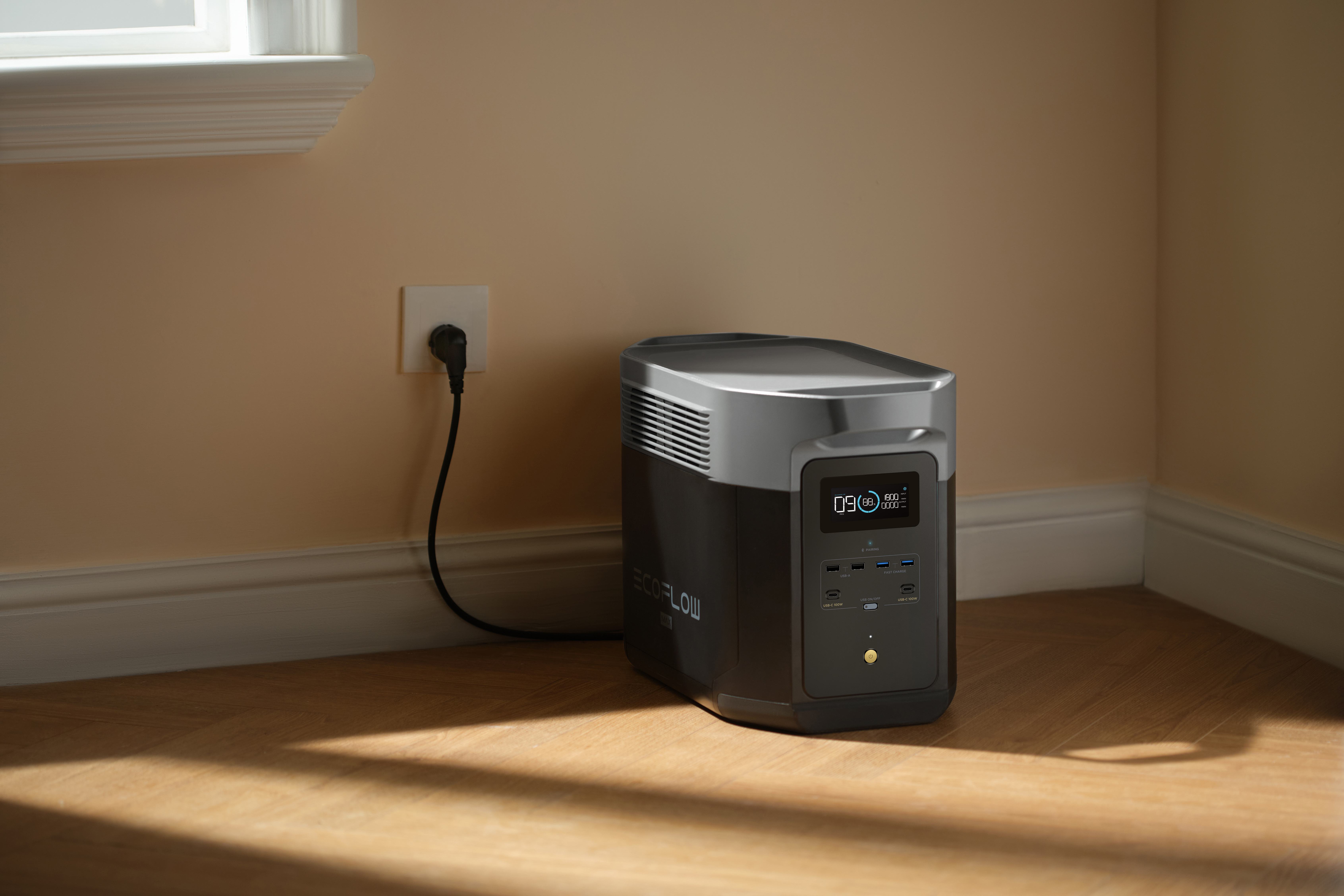How Many Amps Does a Hair Dryer Use?
- Understanding Electrical Basics: Volts, Watts, and Amps
- Other Ways to Calculate Your Hair Dryer's Amperage
- Observe Circuit Breaker Patterns
- Deduce from Fuse/Circuit Capacity
- The Hair Dryer Amp Range: A Complete Picture
- Why Amp Usage Matters: Safety and Practicality
- Hair Dryers vs. Other Household Appliances
- Bathroom Circuit Load Management
- Energy Efficiency and Modern Hair Dryer Technology
- International Considerations
- DIY Home Circuit Check
- Frequently Asked Questions
- Power in Perspective
Morning routine: shower, coffee, and the soothing hum of your hair dryer. That hot burst of air that transforms soggy hair into styled perfection may appear simple enough, but behind that convenient tool is a considerable electrical load that's fun to consider. Whether you're attempting to diagnose why your bathroom circuit refuses to stop tripping, remodeling your house, or simply curious about your energy consumption, your hair dryer's amperage is more convenient information than you might think.
Understanding Electrical Basics: Volts, Watts, and Amps
Before getting into hair dryer details, let's demystify the electrical jargon that generally confuses:
The Power Trio Explained
Volts (V): Think of voltage as the electrical "pressure" pushing electricity through your home's circuits. Standard household outlets in the US deliver 120 volts, while many other countries use 220-240 volts.
Watts (W): This measures power consumption—how much electrical energy an appliance uses when operating. Your hair dryer likely has its wattage prominently displayed somewhere on the device.
Amps (A): Amperage measures the volume or flow rate of electricity. This is crucial because your home's electrical circuits have specific amp ratings (typically 15 or 20 amps per circuit).
How They Work Together:
Formula: Amps = Watts ÷ Volts (The key to calculating hair dryer draw!).
Example: A 1,875W dryer on a 120V circuit pulls 15A (1,875 ÷ 120 = 15.625).
Why It Matters for Energy Storage:
Batteries are rated in amp-hours (Ah) or watt-hours (Wh). Knowing your dryer’s amps helps you choose a battery that can handle the load.
Other Ways to Calculate Your Hair Dryer's Amperage
Beyond using the basic formula (Amps = Watts ÷ Volts), there are several other methods to determine your hair dryer's amperage:
Check Product Labels or Manuals
Most hair dryers indicate power consumption (watts) on the product itself, packaging, or in the instruction manual. Some even directly specify the amperage.
Use a Power Meter (Electricity Usage Monitor)
These portable devices plug in between your wall outlet and hair dryer, displaying the exact amperage being used in real-time. They're particularly useful for hair dryers with multiple heat/speed settings, as they can measure the actual power consumption for each setting.
Contact the Manufacturer
If you can't find information on the product, the manufacturer's website or customer service can typically provide these technical specifications.
Observe Circuit Breaker Patterns
If using your hair dryer consistently trips a specific circuit, this indicates the hair dryer's amperage is approaching or exceeding that circuit's rated capacity. A 15-amp circuit may begin to have issues when loads exceed 12 amps.
Deduce from Fuse/Circuit Capacity
If multiple devices used simultaneously cause tripping, you can calculate your hair dryer's approximate amperage through subtraction:
Determine your circuit's rated amperage (typically 15A or 20A)
Calculate the total amperage of other devices being used simultaneously
Subtract the amperage of other devices from the circuit rating, and what remains is approximately the hair dryer's amperage that's causing the trip

The Hair Dryer Amp Range: A Complete Picture
Hair dryers vary significantly in their amperage requirements:
Travel/hotel hair dryers: 4-9 amps (700-1000 watts)
Budget/basic models: 8.3-10 amps (1000-1200 watts)
Mid-range models: 10-12.5 amps (1200-1500 watts)
Professional/high-power models: 12.5-15.6 amps (1500-1875 watts)
Many hair dryers also offer multiple heat and speed settings that affect amperage. Using your dryer on "low" or "medium" instead of "high" can reduce the electrical draw by 25-50%.
Why Amp Usage Matters: Safety and Practicality
A bathroom circuit tripping repeatedly is a common issue in many homes. Between a hair dryer, electric razor, and heated towel rack, a 15-amp circuit can easily become overloaded.
Understanding appliance amperage is essential for:
Circuit overload protection: Circuit breakers are safety devices designed to cut power when a circuit exceeds its amperage rating. When they trip, they're doing their job—preventing potential electrical fires.
Home electrical planning: Knowing which appliances draw significant amps helps you distribute electrical usage across different circuits and avoid overloads.
Renovation considerations: If you're remodeling a bathroom or kitchen, you might want to install dedicated 20-amp circuits for high-draw appliances like hair dryers.
Energy consumption awareness: Higher amperage generally means higher electricity costs over time.
Hair Dryers vs. Other Household Appliances
To put your hair dryer's electrical appetite in perspective, let's compare it to other common appliances:
| Appliance | Typical Wattage | Approximate Amps (at 120V) |
|---|---|---|
| Hair Dryer | 1200-1875W | 10-15.6A |
| Microwave Oven | 1000-1500W | 8.3-12.5A |
| Toaster | 800-1500W | 6.7-12.5A |
| Coffee Maker | 800-1200W | 6.7-10A |
| Refrigerator | 150-400W | 1.25-3.3A |
| LED TY(50") | 80-150W | 0.7-1.25A |
This comparison reveals that your hair dryer likely draws more amps than almost any other small appliance in your home—often approaching or exceeding what large appliances like a refrigerator use.
Bathroom Circuit Load Management
Standard bathroom circuits have a 15-amp capacity (approximately 1800 watts at 120V). Hair dryers typically consume 10-15 amps (1200-1875 watts), leaving minimal electrical capacity for additional devices. When simultaneously operating electric toothbrushes (0.5-1 amp), vanity lighting (2-3 amps), and electric razors (2-3 amps), the combined load frequently exceeds the circuit's rated capacity. This excess current triggers the circuit breaker, which cuts power to prevent wire overheating. Importantly, this is not a true short circuit but rather an overload condition where too many devices draw more current than the circuit is designed to handle safely.
Modern bathrooms commonly feature multiple high-amperage devices competing for limited electrical current on a single circuit. This electrical demand concentration results in frequent circuit breaker trips and electrical disruptions. Some practical solutions are:
Styling devices elsewhere on other circuits
Sharing usage of high-amp units
Installing a 20-amp dedicated circuit during remodeling
Using lower heat/speed settings where feasible
Energy Efficiency and Modern Hair Dryer Technology
The market now offers more energy-efficient hair dryers that provide effective drying with lower amperage requirements:
Ionic technology: These dryers emit negative ions that break down water molecules, potentially reducing drying time and energy consumption.
Ceramic heating elements: These distribute heat more evenly and efficiently than traditional coils.
Low EMF models: While primarily focused on reducing electromagnetic fields, some also offer more efficient operation.
Brushless DC motors: These newer motor designs can deliver more airflow with less electrical consumption.

International Considerations
When you go overseas, you'll be subject to international voltage systems that affect your hair dryer's amperage. In countries with 220-240V systems, your 1875W hair dryer would draw about 7.8-8.5 amps (1875 ÷ 220 or 1875 ÷ 240).
This is why many travel hair dryers come with dual-voltage and can thus be safely used on either system. Otherwise, plugging your 120V hair dryer using a simple plug adapter (not a voltage converter) in a 220V foreign country can fry your appliance or even present a safety hazard.
DIY Home Circuit Check
Before blaming your hair dryer for circuit problems, conduct this simple home check:
Locate your electrical panel and identify which breaker controls your bathroom.
Note its amperage rating (typically labeled as 15A or 20A)
Make a list of everything typically used simultaneously in that room.
Calculate the total amperage draw (you now know how to do this!)
If the total exceeds 80% of your circuit rating (12 amps for a 15-amp circuit), you've identified your problem.
Frequently Asked Questions
Q: Can I use my hair dryer on the same circuit as my curling iron?
A: Yes, but carefully. A typical curling iron will draw 1-2 amps, and so with a 15-amp hair dryer, you're getting close to loading a typical 15-amp circuit. If there's anything else happening on the circuit, you'll probably trip the breaker.
Q: Is it safe to use a hair dryer with an extension cord?
A: It's not recommended. Hair dryers draw significant amperage that can overheat lightweight extension cords. If absolutely necessary, use only a heavy-duty (14-gauge or lower) extension cord rated for at least 1875 watts.
Q: Will using a hair dryer affect my electricity bill significantly?
A: Though with high amperage, hair dryers are applied for a brief time (5-10 minutes per day), the impact, therefore, is moderate. Using $0.15/kWh, a 1500W dryer 10 minutes per day will be about $1.15 a month.
Q: How can I reduce my hair dryer's amp usage?
A: Apply low heat/speed, towel-dry before and then use, and switch to a more efficient model with ionic or ceramic technology.
Q: Can I use my US hair dryer overseas with just an adapter?
A: Only if it is a dual-voltage dryer (read the label). Otherwise, you will require a voltage converter to prevent damage and safety hazards. Alternatively, advanced portable power solutions can help safely convert voltage, ensuring your devices operate correctly without risks.
Power in Perspective
Your hair dryer may seem like a simple appliance, but having knowledge of its high electrical requirements empowers you to properly manage the electrical needs of your household. By understanding the exact number of amps that your hair dryer consumes—typically between 10 and 15.6 amps for conventional units—you can make smart choices regarding electrical safety, circuit management, and even home renovation in the future.
So the next time you hear the familiar buzz, you'll be thankful for that massive electrical current working overtime to give you that perfect blow-out—and know just how to get power there safely.